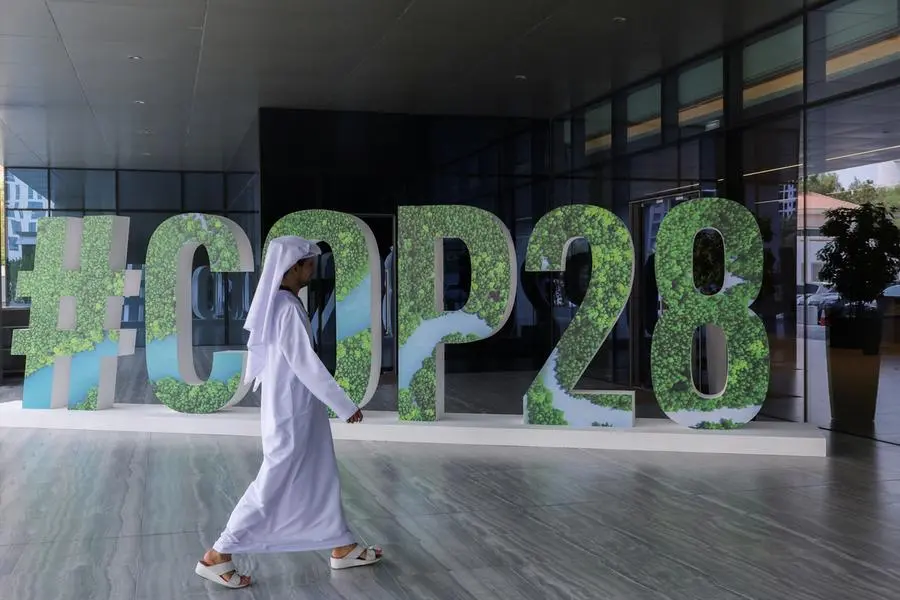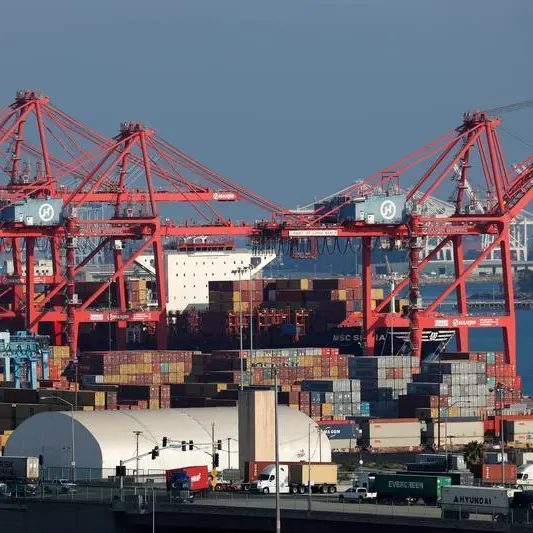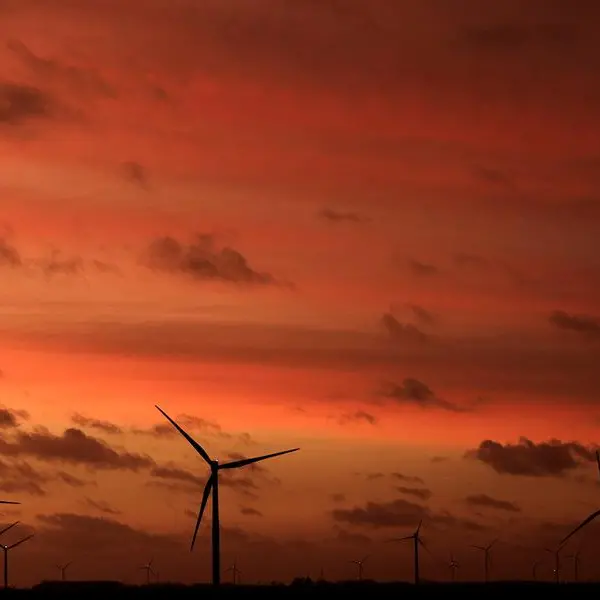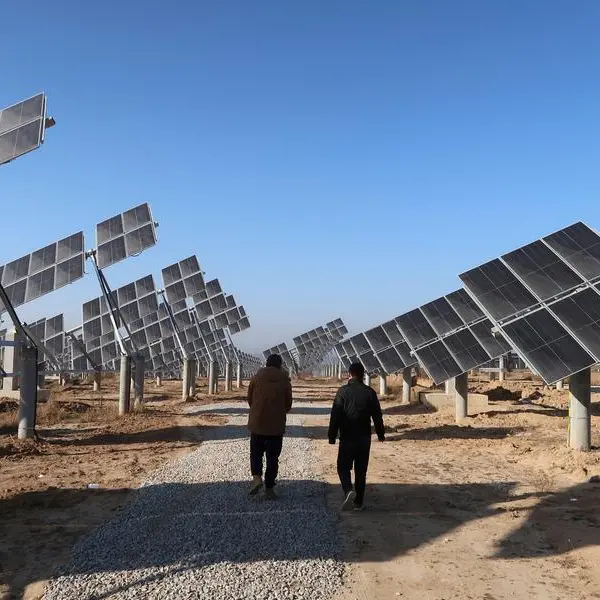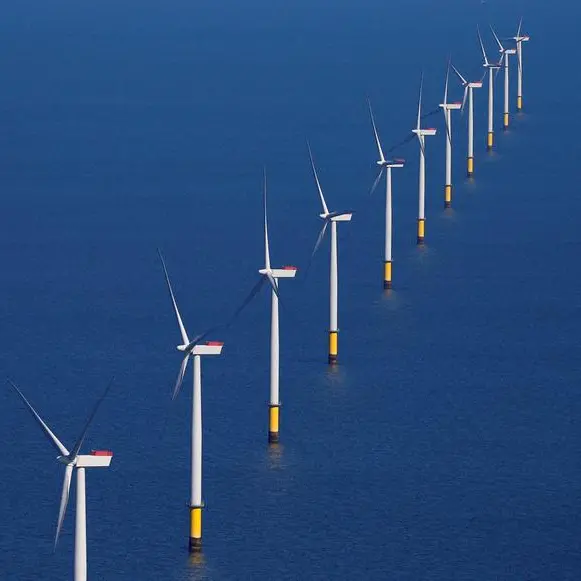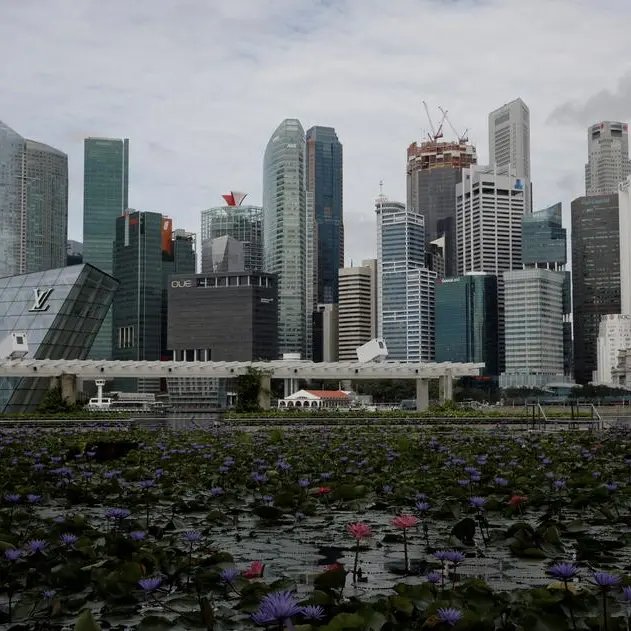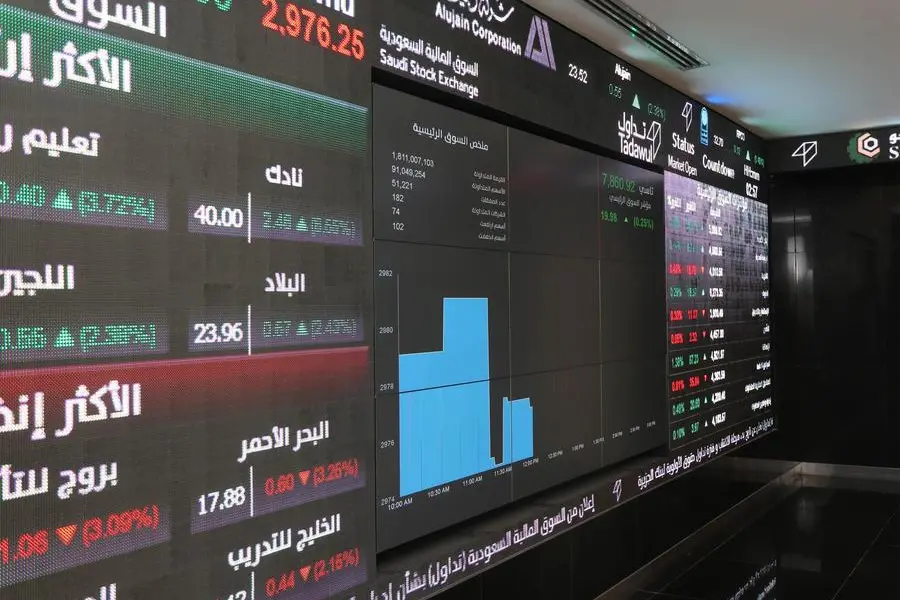PHOTO
Ahead of this year's COP28 climate summit in Dubai, U.N. agencies have released several reports offering updates on global progress in limiting climate change.
Here are some of the most important findings:
GLOBAL GREENHOUSE GASES ARE STILL RISING
Global greenhouse gas emissions rose by 1.2% from 2021 to 2022, reaching 57.4 gigatonnes of carbon dioxide equivalent for the year, according to the U.N. Emissions Gap Report.
If countries don't quickly plan for steep cuts, global temperatures will rise nearly 3 degrees Celsius (5.4 degrees Fahrenheit) above preindustrial levels in this century, it said — far beyond the 1.5C (2.7F) threshold that scientists say would begin to trigger catastrophic effects.
The report, released on Nov. 20, looks at how countries' planned climate action compares with what is needed to meet global climate goals. It found those pledges put the world on track for a temperature rise of 2.5C-2.9C (4.5F-5.2F).
Even in the most optimistic emissions scenario, it found there is just a 14% chance of holding warming to 1.5C — adding to a growing body of scientific evidence suggesting the central goal of the 2015 Paris Agreement is out of reach.
COUNTRIES ARE LAGGING WITH EMISSIONS-CUTTING TARGETS
Planet-warming greenhouse gas emissions are expected to fall only 2% below 2019 levels by 2030, a far cry from the roughly 43% reduction the U.N. Intergovernmental Panel on Climate Change says is needed to have a hope of limiting warming to 1.5C.
Like the Emissions Gap Report, the NDC Synthesis Report analyzes countries' pledges, known as Nationally Determined Contributions (NDCs), to determine where governments are in their ambition to wean themselves off fossil fuels.
Instead of expected warming under various climate models, however, it assesses emissions trends.
The report looked at nearly 200 submissions, including 20 new or updated NDCs received as of September 2023. National plans saw only a marginal improvement over last year's ambitions, with emissions then projected to rise 11% compared to 2010 levels.
THE WORLD'S FOSSIL FUEL PLANS THREATEN CLIMATE GOALS
Global fossil fuel production is set to be more than double the level needed to limit warming to 1.5C, according to the Production Gap Report published by the U.N. Environment Programme (UNEP).
The report analyzes the difference between planned fossil fuel production and the amount deemed consistent with meeting global climate goals.
It found that the top 20 fossil fuel-producing countries altogether are planning to produce 110% more fossil fuels in 2030 than would be consistent with limiting warming to 1.5C, and 69% more than is consistent with 2C (3.6F).
None of these 20 countries, which include China, Norway, Qatar, the UAE and the U.S., has committed to reducing coal, oil and gas production in line with limiting warming to 1.5C, it said.
WEALTHY COUNTRIES ARE OFFERING LESS HELP FOR ADAPTATION
Rich countries' promises to help poorer ones adapt to climate change have slowed, with a shortfall now 50% larger than UNEP had previously estimated, the agency reported in November.
UNEP researchers found in this year's Adaptation Gap Report that adaptation efforts globally cost about $387 billion per year in 2021, while the funds available for these efforts totaled just $21 billion.
That created an estimated shortfall of roughly $366 billion.
In 2009, developed countries pledged to provide $100 billion per year in climate finance to developing nations. While the pledge was supposed to strike a balance between adaptation and mitigation, that balance was never defined.
Mitigation projects, or efforts to rein in climate-warming emissions, were favored because they were more likely to provide financial return on investments, the report said.
(Reporting by Gloria Dickie in London, David Stanway in Singapore and Susanna Twidale in London; Editing by Katy Daigle and Jan Harvey)
